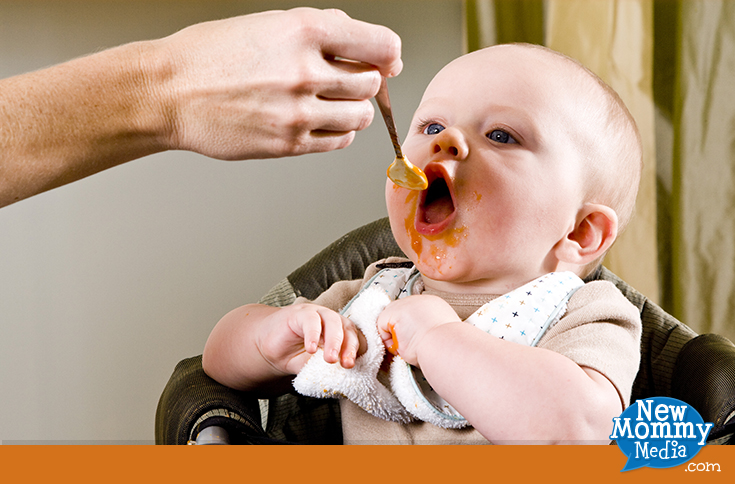Does Your Child Have a Food Allergy?
In this article:
- In this article:
- What is a food allergy and how is it different from a sensitivity or intolerance?
- What are the most common symptoms to look for?
- Can you grow out of a food allergy?
- What are the main foods that cause food allergies?
- What can parents do to protect their own kids and others from food allergens?

As a parent, one of your main jobs is feeding and nourishing your little one. But if your child suffers from a food allergy or sensitivity, it can make that job a bit more complicated. In today’s post, we’ll define what a food allergy is, how to spot the symptoms, what foods are most likely to cause problems, and how to deal with potential food allergy pitfalls.
What is a food allergy and how is it different from a sensitivity or intolerance?
A food allergy is an immune system response. When the body is confused and thinks that someone has ingested something that’s harmful, it sends in an immune response, which creates inflammation and a range of symptoms. To diagnose a food allergy, an allergist will either perform a skin prick, a blood test, or a food challenge to measure the child’s immune response.
Food sensitivities on the other hand, are less well defined and not as well understood. Sometimes the only way to confirm a food sensitivity is through food elimination, although some tests like an IgG (Immunoglobulin G) panel may be helpful in a diagnosis.
TIP: Food allergies are a growing food safety and public health concern that affect an estimated 4%–6% of children in the United States. Want more information about food allergies in young children? Listen to our episode or read our transcript!
What are the most common symptoms to look for?
For food allergies, the most common symptoms are hives and swelling of the lips/tongue. If it’s a severe reaction – trouble breathing and/or anaphylactic shock can occur, which can be fatal.
For food sensitivities, you won’t see something as serious as anaphylactic shock. In babies and children you may see digestion issues (e.g. constipation or diarrhea), excessive crying, crankiness, etc. The range of symptoms can be much broader and the response likely won’t be as immediate.
Can you grow out of a food allergy?
Registered Dietician and Family Nutrition Specialist, Lindsay Stenovec, says, “For food allergies, kids can grow out of them.” She says that they’re less likely to grow out of a nut, peanut, fish or shellfish allergy, but for some of the other top eight allergies, they can.
What are the main foods that cause food allergies?
The top 8 foods that can cause issues include:
- Soy
- Wheat (and more broadly, gluten)
- Dairy
- Fish
- Shellfish
- Tree nuts
- Peanuts
- Eggs
What can parents do to protect their own kids and others from food allergens?
- Always double check labels! For example, a burger may contain anchovies for flavoring or soy protein might be hiding out in your favorite granola bar.
- Be aware of cross-contamination; whether it’s French fries that are cooked in the same oil as breaded chicken (which contains gluten) or walnuts that are processed in the same facility as peanuts, avoiding cross-contamination can prevent a serious allergic reaction.
- Bring snacks and food with you if you’ll be eating outside the house.
- Even though it may be tempting, leave it to the parents to feed their children. Don’t offer food to children without their parents’ knowledge.
- Ask your children not to share snacks – you never know who has allergies.
- Be vigilant about hand washing – especially after preparing or consuming foods on the “top 8” list.